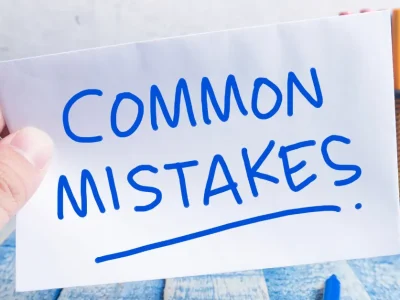When you’re writing a memo or brief—or answering an MEE® question—would you ever structure a list like this?
1.
2.
3.
D.
Of course not, right? OK then—what about this one?
A.
B.
C.
4.
Yeah, we know—no way! All right, how about one more?
·
·
·
IV.
Again, not a chance (and yes, we can see you rolling your eyes). Obviously, you’d want each item in your list to be the same—all numbers, all letters, all bullets, whatever.
Well, the same holds true for all your writing. Whenever grouping related items in a single sentence, ensure that each item grammatically mirrors the others. In other words, they should all begin with (or otherwise compare) nouns, or verbs, or whatever. That’s parallel structure in a nutshell.
Here are some examples of nonparallel structure and suggestions on how to make them parallel:
| NONPARALLEL | PARALLEL | RULE |
|---|---|---|
| She was a law professor, environmental activist, and wrote mystery novels. | She was a law professor, environmental activist, and mystery novelist | Use parallel nouns. |
| The arguments were lengthy, articulate, and did not persuade the jury. | The arguments were lengthy, articulate, and unpersuasive. | Use parallel adjectives. |
| The court weighed the evidence carefully, wisely, and with great skill. | The court weighed the evidence carefully, wisely, and skillfully. | Use parallel adverbs. |
| The perpetrator drove to Denver, changed cars, and the weapon was thrown into a trash can. | The perpetrator drove to Denver, changed cars, and threw the weapon into a trash can. | Use parallel verbs in the same “voice” (“was thrown” is passive voice; “threw” is active voice). |
| There are four elements of fraud: (1) a knowing misrepresentation or concealment of (2) the truth or a material fact (3) to induce another (4) to their injury. | Fraud has four elements: (1) misrepresentation of the truth or concealment of a material fact, (2) knowledge by the person who misrepresents or conceals, (3) reliance on the misrepresentation or concealment, and (4) injury to the person who relies. | When listing elements, try to begin each element with a parallel part of speech. |
But why is parallel structure important? For starters, it’s grammatically correct. But beyond that, parallel structure:
- satisfies your reader’s inner desire for order and rhythm
- enables your reader to anticipate intelligently
- shows your reader how different items relate to each other and
- helps your reader comprehend more quickly and smoothly.
(And did you notice how those bullet points are parallel, each starting with a verb? Just checking …)If you’ve got all of that down, that’s awesome! But don’t get too cocky—at least until you’ve also mastered our second article on parallel structure. We know you can do it! And while you’re at it, take a look at UWorld’s expertly crafted explanations. Click here to access the UWorld MBE® QBank or purchase a subscription.




